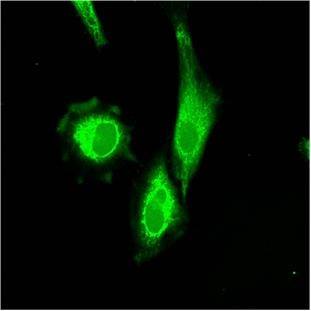Japanese researchers have successfully developed the world’s first imaging method for visualising the behaviour of nicotine-adenine dinucleotide derivative (NAD(P)H), a key coenzyme, inside cells. This feat could ultimately facilitate the diagnosis of cancer and liver dysfunction and help to elucidate the mechanisms of neurological disorders.

The new NADH imaging method could be used for various purposes, including: promoting early detection and supporting cancer treatment by detecting NADH leakage from invasive cancers; diagnosing liver dysfunction by detecting excessive NADH caused by cirrhosis of the liver; and elucidating the lack of NADH in patients with brain or neurological diseases such as Alzheimer’s Disease, depression, and Parkinson’s Disease. The new method will also prove of great value in other life sciences research.